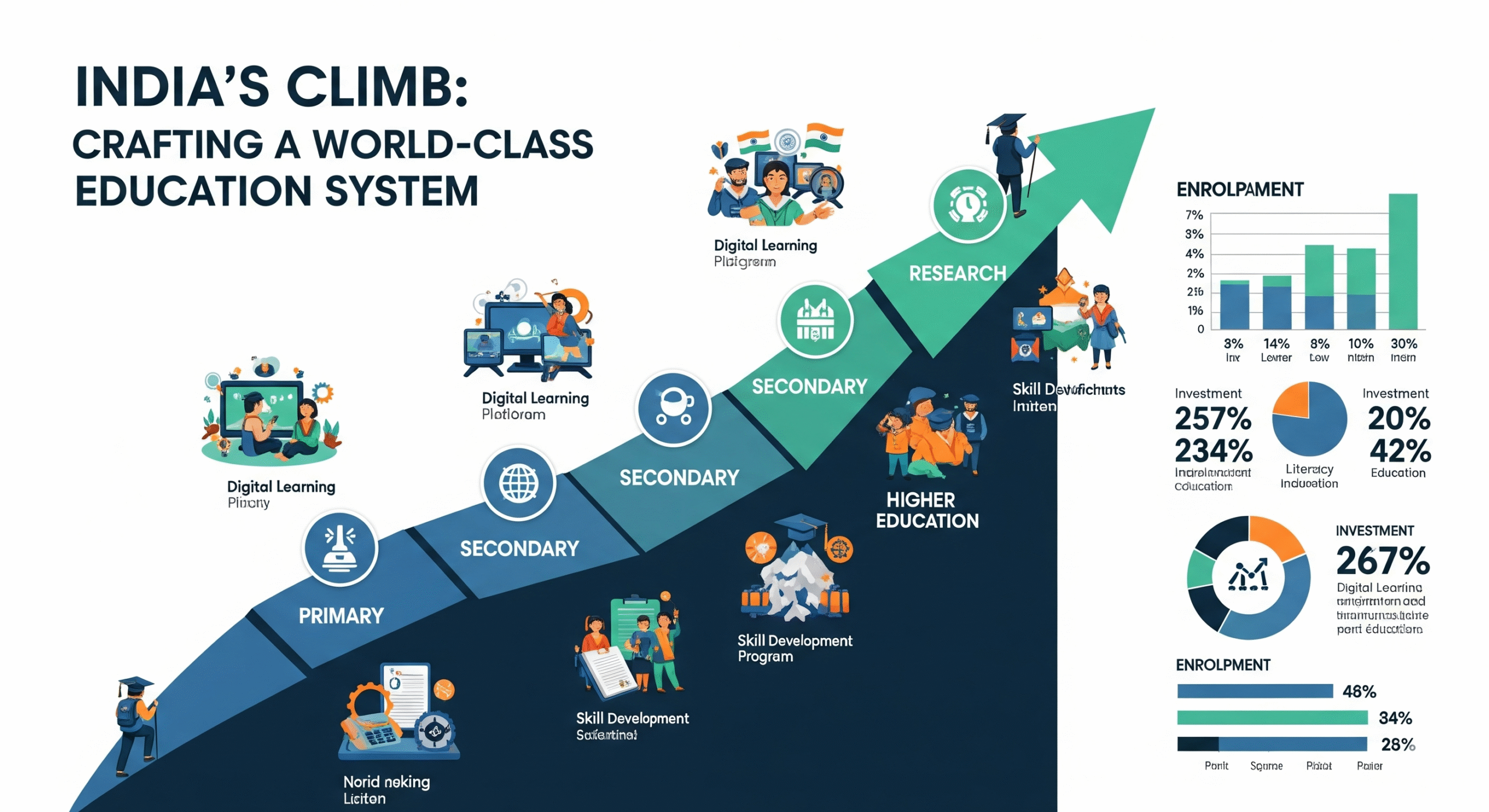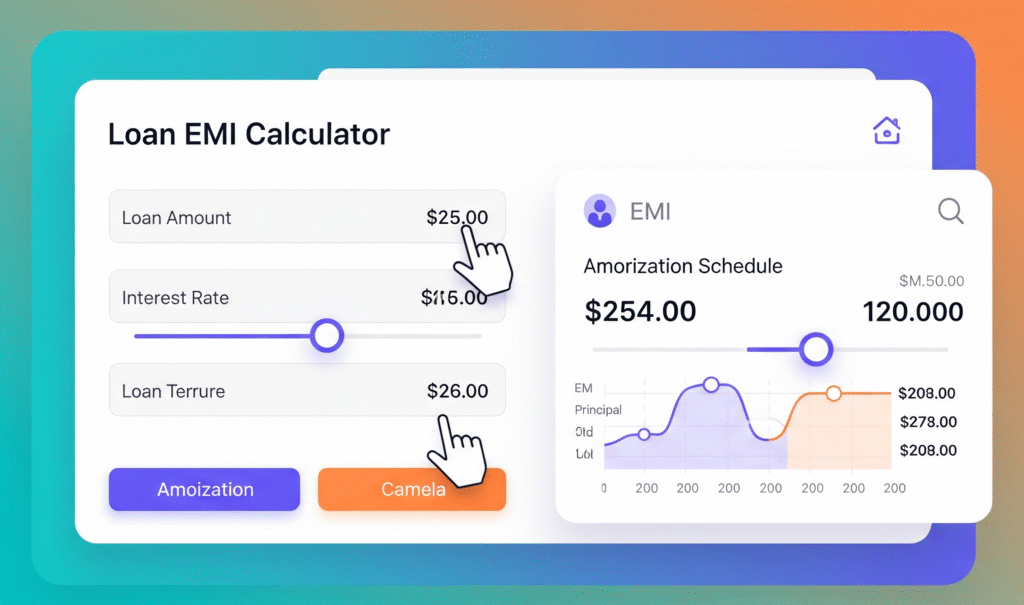
As the world grapples with tightening borders and complex immigration policies, India is carving out a bold new role as a magnet for global learners. While traditional study destinations like the United States, Canada, the United Kingdom, and Australia impose stricter visa rules and admission standards, India’s universities are gaining ground with top-tier education, affordable costs, and a welcoming environment. How is India thriving in this challenging global landscape? Let’s explore this transformation.
The Changing Tide: Why Traditional Study Destinations Are Fading

International education is facing a profound shift. Countries long favored by students worldwide are introducing policies that discourage applicants, particularly from fast-growing regions like South Asia and Africa.
Consider Canada’s recent moves. In 2024, it capped international study permits, slashing approvals by 35% from prior years. For 2025, the cap tightened further to 437,000 permits—a 10% reduction from 2024. This led to over 2.3 million visa rejections across categories in 2024, hitting Indian students hard with a nearly 15% drop in enrolments. Australia, too, has raised the bar with tougher English proficiency tests, increased financial proof requirements, and limits on work hours for students. The UK’s ban on dependents for most international students has also dampened interest. In the US, student visa (F-1) issuances to Indian applicants fell 44% in early 2025, with rejection rates climbing to 41% between 2023 and 2024. Proposals for fixed-term visas could further complicate mid-course renewals.
These shifts, driven by immigration debates and economic pressures, are causing a projected 15% decline in US international enrolments by fall 2025, with similar trends in other Western nations. For students, this means facing postponements, increased expenses, and a lack of clarity.Yet, India is seizing this moment to offer a compelling alternative.
(Visual Idea: Include a chart comparing visa rejection rates in the US, Canada, UK, and Australia from 2023-2025, contrasting India’s streamlined e-visa system.)
India’s Climb: Crafting a World-Class Education System

India’s rise as an education hub is no accident—it’s the result of strategic vision and bold reforms. The National Education Policy (NEP) 2020 has set the stage by prioritizing flexible, research-driven, and globally aligned curricula. The goal? A 50% gross enrolment ratio in higher education by 2035, creating 34 million new seats.
Key drivers include:
- Study in India Initiative: This program lures international students with scholarships, simplified visa processes, and tie-ups with over 200 top institutions. It aims to enrol 300,000 foreign students by 2025-26, up from 50,000 in 2023.
- PM SHRI Program: Modernizing 14,500+ schools with smart classrooms, digital tools, and inclusive curricula to prepare students for global competition.
- Higher Education Financing Agency (HEFA): Offering low-cost loans to expand university infrastructure, from labs to dormitories.
- Digital and Skill-Building Efforts: Platforms like the Academic Bank of Credits and National Credit Framework enable seamless learning paths, while e-learning reaches millions.
India’s universities are shining on the global stage. According to the QS World University Rankings 2026, India now has 54 institutions on the list—a remarkable rise of 318% from just 11 in 2015. IIT Delhi has secured the 123rd global position, IIT Madras has made significant progress, and seven Indian universities are now among the top 100 in the QS Asia Rankings 2025. In the THE Impact Rankings 2025, institutions like Amrita Vishwa Vidyapeetham (41st) and Lovely Professional University (48th) stand out for their contributions to sustainability.
Real-world examples highlight this momentum. IIT Bombay collaborates with global leaders like MIT, drawing students from Africa and Southeast Asia. Private universities like Ashoka and OP Jindal Global offer liberal arts programs rivaling Western counterparts, attracting learners from Nepal, Afghanistan, and beyond. Affordable tuition—often under $5,000 annually—combined with cultural familiarity, makes India a top choice.
(Visual Idea: Add a graph showing the rise of Indian universities in QS Rankings (2015-2026) and a map highlighting countries sending students to India.)
By the Numbers: India’s Education Edge
The data speaks volumes. India’s 2024-25 education budget is INR 1,28,650 crore, supporting expansions like 1,000 upgraded Industrial Training Institutes and AI-focused Centers of Excellence. Foreign student numbers are set to reach 300,000 by 2025-26. Meanwhile, outbound Indian student numbers fell 15% in 2024, with US international enrolments dropping from 1.15 million in March 2024 to 1.02 million in March 2025. This trend could fuel a “reverse brain drain,” strengthening India’s domestic institutions.
| Feature | Western Hubs (US/Canada/UK/Australia) | India’s Advantage |
| Visa Processing | 3-6 months, up to 50% rejection | 4-6 weeks, e-visa ease |
| Average Tuition (Yearly) | $20,000-$50,000 | $3,000-$10,000 |
| Work Opportunities | Limited hours, post-study restrictions | Flexible internships, growing market |
| Ranking Growth | Stable | 318% rise in ranked unis (2015-2025) |
India offers unmatched value: quality education at lower costs, minus the visa struggles.
Navigating Challenges: India’s Path Forward
India encounters challenges such as inconsistent infrastructure and bureaucratic obstacles in hiring international faculty. Yet, initiatives like Bharatiya Bhasha Pustak for multilingual education and IIT campus upgrades are tackling these issues. The e-visa process continues to function smoothly, offering fast approvals and a low rejection rate.
Why India Now? A Bright Future Awaits
India’s journey in education reflects a blend of aspiration and emerging possibilities. As global visa barriers push students away from traditional hubs, India welcomes them with cutting-edge programs in AI, engineering, and sustainability. This is about more than filling gaps—it’s about leading in a connected world.
Ready to study in India? Check out the Study in India portal (studyinindia.gov.in) for scholarships and applications. Share this post to spread the word about India’s rise!




